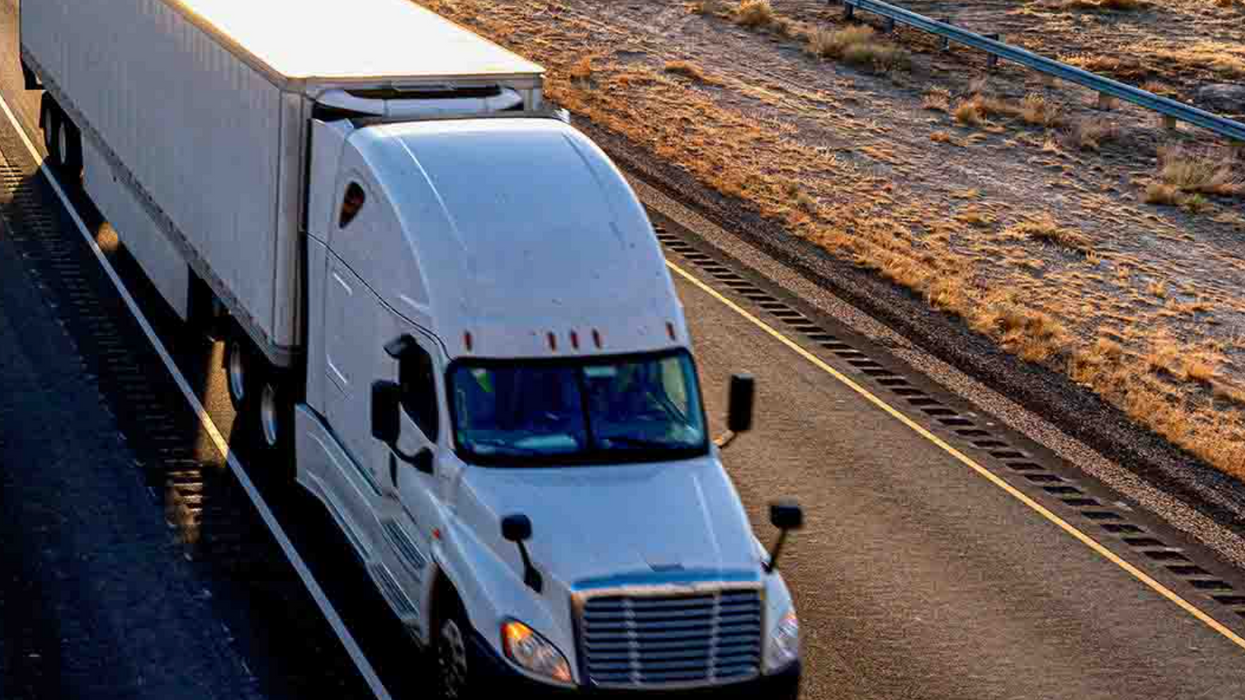Truck freight shipments and spending continued to contract in the third quarter, albeit at a slower pace than earlier this year, according to the latest U.S. Bank Freight Payment Index.
“The latest data continues to show some positive developments for the freight market. However, there remain sequential declines nationwide, and in most regions,” Bobby Holland, U.S. Bank director of freight business analytics, said in a release. “Over the last two quarters, volume and spend contractions have lessened, but we’re waiting for clear evidence that the market has reached the bottom.”
By the numbers, shipments were down 1.9% compared to the previous quarter while spending dropped 1.4%. This was the ninth consecutive quarterly decrease in volume, but the smallest drop in more than a year.
Truck freight conditions varied greatly by region in the third quarter. In the West, spending was up 4.4% over the previous quarter and volume increased 1.1%. Meanwhile, in the Southeast spending declined 3.3% and shipments were down 3.0%.
“It’s a positive sign that spending contracted less than shipments. With diesel fuel prices lower, the fact that pricing didn’t erode more tells me the market is getting healthier,” Bob Costello, senior vice president and chief economist at the American Trucking Associations (ATA), said in the release.
The U.S. Bank Freight Payment Index measures quantitative changes in freight shipments and spend activity based on data from transactions processed through U.S. Bank Freight Payment, which processes more than $42 billion in freight payments annually for shippers and carriers across the U.S. The Index insights are provided to U.S. Bank customers to help them make business decisions and discover new opportunities.















